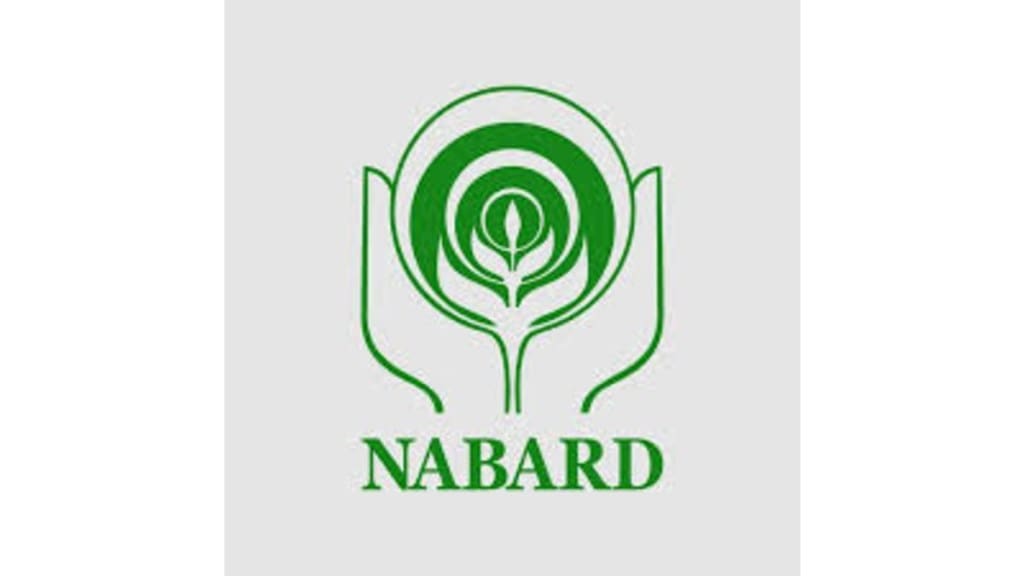Over 74.7% rural households expect their incomes to increase in the next one year, a bi-monthly survey conducted by the National Bank for Agriculture and Rural Development (Nabard) in July 2025 stated.
This represented the highest level of optimism among the rural households after Nabard started the rural economic conditions and sentiments survey in September, 2024.
“Rural sentiments remained upbeat, reflecting partly the impact of satisfactory progress of the southwest monsoon,” the survey stated.
It said ‘consumption-led growth buoyancy’ in the rural economy seems to have continued, with 76.6% of the surveyed households reporting an increase in consumption during the last year.
The share of those households that experienced a decline in consumption moderated to only 3.2 %, which is the lowest since this survey started in September, 2024.
In July, 2025, 56.4% and 56.2% of the surveyed households expect income and employment conditions to improve during the next quarter respectively, and the share of those reporting an improvement peaked in the July 2025 round of the survey.
The survey is conducted bio-monthly in 600 villages, covering 6,000 households with 10 households from every sample village. In July, 2025, the sixth round of the survey was conducted.
“Despite a higher percentage of households reporting an increase in income in July 2025, the share of those reporting an increase in consumption moderated reflecting possibly a higher percentage of households reporting an increase in financial savings and a lower percentage of households reporting any increase in borrowings,” the survey has noted.
In addition, the average share of income spent on consumption rose to 65.6%, which is the highest among all six rounds of the survey.
Over 76.1% rural households has stated that rural infrastructure improved, with the share of those reporting a deterioration declining to 2.6%, which is lowest among all rounds of the survey
Several incentives such as cash transfers, food, fertilizer subsidies and several fiscal incentives and subsidies by centre and state governments remained unchanged at about 10 % of their average monthly income, with a wide distribution, suggesting that a segment of the rural households depend comparatively more on such transfers relative to their income
The share of households that reported to have taken loans from only formal sources peaked at 52.6% in the July 2025 round of the survey.
Among various informal sources of credit, the share of friends and relatives was more than the share of money lenders.
Due to the short duration of the survey for each round, for data collection it has been decided to select the villages from 28 States and one union territory – Jammu & Kashmir, which accounts for over 99% of the country’s rural population.


